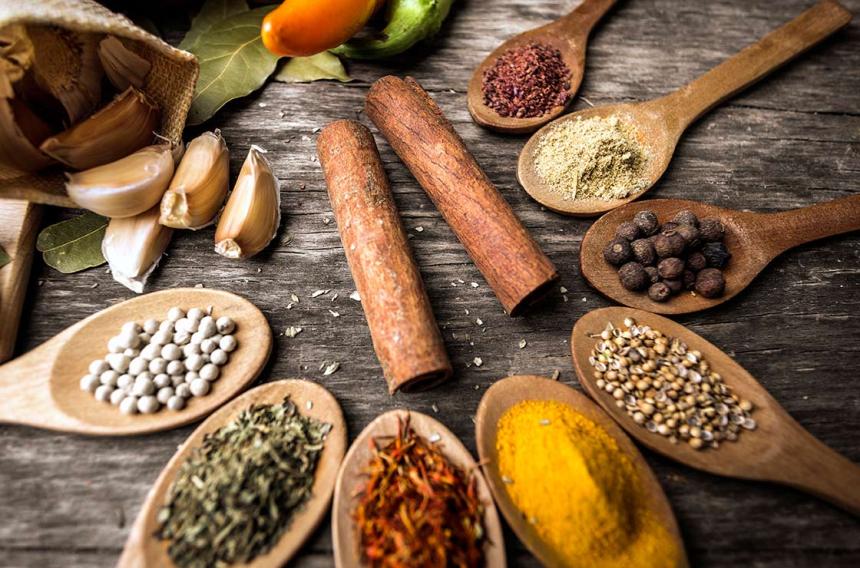Using Spices to Lower Salt Cravings & Blood Pressure

You probably crave salty food from time to time -- whether it’s crunchy potato chips or a slice of pizza. A wide range of variables can trigger a salt craving, throwing a monkey wrench into your diet. But there’s good news: Eating spicy foods can curb your salt cravings, according to a study published in Hypertension.
Sodium is essential for our health. The American Heart Association recommends consuming between 1,500 and 2,300 mg a day. “You need some salt in your diet,” says Bernard Kaminetsky, MD, medical director, MDVIP. “It helps maintain pH balance, supports thyroid function and balances hormones.”
But there’s so much salt in our diets--largely from processed foods--that it’s easy to exceed these recommendations. This can be a problem, particularly if you’re trying to manage your blood pressure. Results from this new study suggest that spicy foods can reduce your salt intake, lowering your blood pressure and ultimately, your risk for a heart attack or stroke.
Chinese researchers asked 600 adults their preferences for salty and spicy flavors. After linking the flavor preferences to blood pressure, researchers noticed that the subjects who ate spicier foods had lower blood pressure and consumed less salt than subjects who didn’t prefer spicy foods.
Researchers also used imaging techniques to observe the regions of the brain involved with tasting salt. They found the areas of brain stimulated by salt and spice overlapped.
What does this mean for you? Cooking with spices and consuming more spicy foods can help control salt cravings, which may ultimately help lower your blood pressure.
Probably the easiest way is by adding peppers to your recipes. Pepper – whether black (or peppercorn), red, chili, cayenne or bell have capsaicin, a phytochemical that creates its spicy flavor. You can also try spices such as paprika (which are just ground red pepper pods), cumin, ginger, cinnamon, allspice, nutmeg or curry.
“If you’re not a fan of spicy foods, you can still lower your salt intake by making some slight alterations to your recipes,” Kaminetsky says. Try these low-sodium ingredient swaps next time you’re cooking.
- Vinegar: it’s acidity naturally enhances flavors. Vinegar comes in many varieties and works well as salad dressings and marinades. Here’s how vinegar boosts flavor >>
- Citrus juice: is also acidic, enabling it to perk up the flavor of entrees and side dishes. Instead of salt, sprinkle lemon juice on fish or grilled meats or lime juice on corn. Chefs also recommend using grapefruit, tangerine and orange juices.
- Herbs: are well-known salt substitute for salt. Try flavoring meats, soups, sauces, dressings and eggs with parsley, basil, rosemary, cilantro or mint. Herbs also have a wide range of health benefits, learn more >>
If you’re concerned about your blood pressure, talk to your primary care physician. Looking for a primary care physician? Physicians in MDVIP-affiliated practices can customize a wellness plan for you that includes preventing and controlling hypertension. Find an MDVIP affiliate near you and begin your partnership in health »


